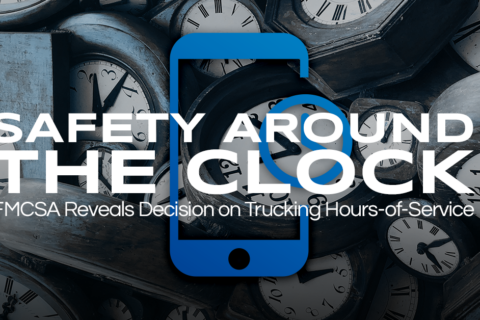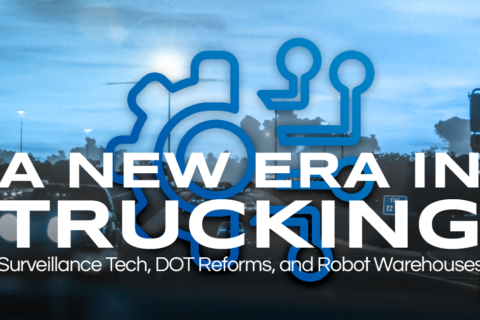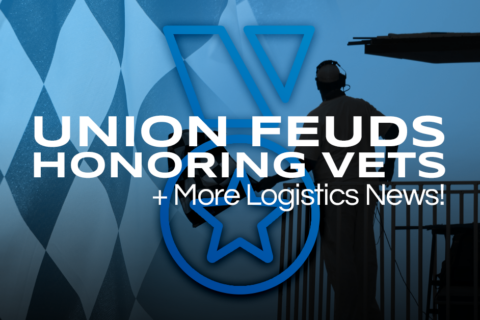Yellow’s Battle for Survival: Debts, Strikes, and Client Concerns
A Crisis Averted: Yellow’s Near-Strike Experience Yellow, the third-largest trucking firm in the U.S., narrowly avoided a strike by 22,000 Teamster-represented workers over the weekend. Yellow, a specialist in less-than-truckload shipping, agreed to pay over $50 million in owed worker benefits and pension accruals. The Teamsters union confirmed that the company has a 30-day period to settle its dues, with the expectation that the payments will be made within two weeks. Trucking for Top Retailers and More Yellow is no stranger in the trucking world. Their client list includes notable names such as Walmart, Home Depot, and Uber Freight. Fearing potential bankruptcy of the carrier, some of these customers have temporarily suspended cargo shipments to Yellow. This precaution stems from the concern that their goods might be lost or stuck in transit if the carrier files for bankruptcy. Competitors Ready to Pounce In the meantime, it seems competitors are poised to take advantage of the situation. They’re expected to target Yellow’s customers, according to trucking experts and analysts. This strategy comes at a time when the industry is already currently grappling with a significant reduction in overall freight volume. Government Intervention and Loans Back in 2020, while the industry was navigating the COVID landscape, Yellow received a $700 million pandemic relief loan courtesy of then-U.S. President Donald Trump. In exchange for this financial aid, the federal government secured a 30% stake in the company. Despite this assistance, Yellow, previously known as YRC Worldwide, has not substantially repaid the loan and is currently wrestling with $1.2 billion in debt due next year. A Plea for Help Rebuffed As cash reserves continue to dwindle, company executives appealed to the International Brotherhood of Teamsters for help in cutting costs. While Yellow has won such concessions in the past, the new Teamsters General President, Sean O’Brien, rejected the plea this time. O’Brien criticized the company, blaming it for its current predicament due to past bailouts, federal loans, and worker give-backs. The Role of Teamsters and a Legal Decision In addition to handling Yellow’s crisis, O’Brien is also leading negotiations for approximately 340,000 U.S. employees at United Parcel Service. Beyond that, a federal judge in Kansas recently rejected Yellow’s request to prohibit Teamsters from striking over the overdue benefit payments, adding yet another layer to the company’s ongoing challenges. What Lies Ahead for Yellow? The potential fallout from Yellow’s financial troubles serves as a stark reminder to the logistics and industrial staffing industry of the importance of fiscal responsibility and effective management. While Yellow managed to avert the threatened strike for now, the trucking firm must continue working to address its considerable debt and restore confidence among clients and workers alike. Before You Hit the Road… If you made it to this part of the article, we’d just like to take a moment to thank you for taking the time to read this weekly recap. Be safe out there and as always, If you’re in search of CDL A, B, or warehouse positions, check out our open positions. And if you need staffing solutions for commercial driving or industrial positions, be sure to explore our offerings.











Recent Comments